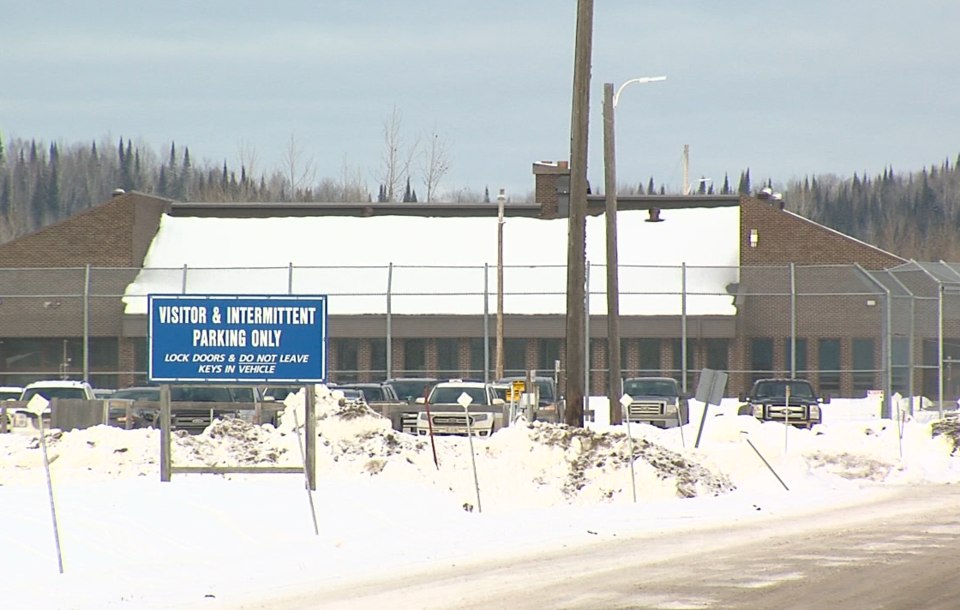THUNDER BAY — Gary Quisses does not want anyone else to die while incarcerated like his nephew Sherman did more than 12 years ago at the Thunder Bay Correctional Centre.
An inquest examining the circumstances of Sherman Quisses’ death began on Monday. The Neskantaga First Nation man died on June 4, 2012 after he was stabbed at the correctional centre.
Adam Capay was charged with first-degree murder in the death of Quisses. Both men were inmates at the Thunder Bay Correctional Centre at the time of the incident.
Capay later made national headlines in 2016 when it was reported he was in isolation in a Plexiglass cell with the lights on 24 hours a day.
In February 2019, a stay of proceedings was granted on the murder charge as a remedy for breaches of Capay’s rights under the Canadian Charter of Rights and Freedom. Capay’s lawyer had successfully argued the Lac Seul First Nation man’s rights were violated after spending more than 1,600 days in solitary confinement at the Thunder Bay District Jail and the Kenora District Jail.
The inquest could only begin once all legal proceedings had finished and appeals periods expired.
With 19 witnesses expected to be called, the inquest is scheduled for 15 days.
The first to testify was Gary Quisses, an uncle to Sherman Quisses.
He spoke about how Sherman’s death affected his family and his community.
Sherman Quisses would be 49 years old today if he were still alive and Gary Quisses said his nephew had a good sense of humour, always tried to make people laugh, and was a quick learner. He was also athletic, particularly skilled in baseball.
Sherman Quisses also had high hopes for his daughter, Trinity, who also gave a statement on Monday. She described attending college and university, gaining the education her father wanted for her.
When Gary Quisses heard of Sherman’s death, it took him time to process it. The loss of his nephew was impactful on the entire Neskantaga community.
“I thought to myself, ‘why?’” he said, adding it left him with questions about the correctional centre’s security and the safety of the inmates.
He added he hopes the inquest will result in better security at the facility, so there won’t be a similar incident.
The inquest also heard from Brian Ferguson, a retired correctional officer who worked at the facility at the time of the incident.
From his interactions with both Quisses and Capay, neither inmate presented any issues, said Ferguson, adding there was also nothing unusual that happened the day before Quisses was stabbed.
Often if a fight is about to occur, the inmates will congregate. Ferguson said that’s usually an “indicator something is about to happen.”
“I did not detect anything unusual that night,” he said.
It wasn’t until nearly 4:30 a.m. on June 3, 2012 that Ferguson knew anything had happened. He walked Quisses out of the dorm area and that’s when he realized how seriously Quisses was injured.
Video surveillance from the correctional centre shows Quisses walking, holding his neck and then laying down on the ground, getting back up and then going back down to the floor.
Ferguson said he went to get towels to help stop the bleeding.
“I knew it was serious because I remember the look on Sherman’s face. I’ll never forget,” said Ferguson.
An inquest is mandatory under the Coroner’s Act and the proceedings will examine the circumstances of Quisses’ death. A jury can make recommendations aimed at preventing similar deaths.
